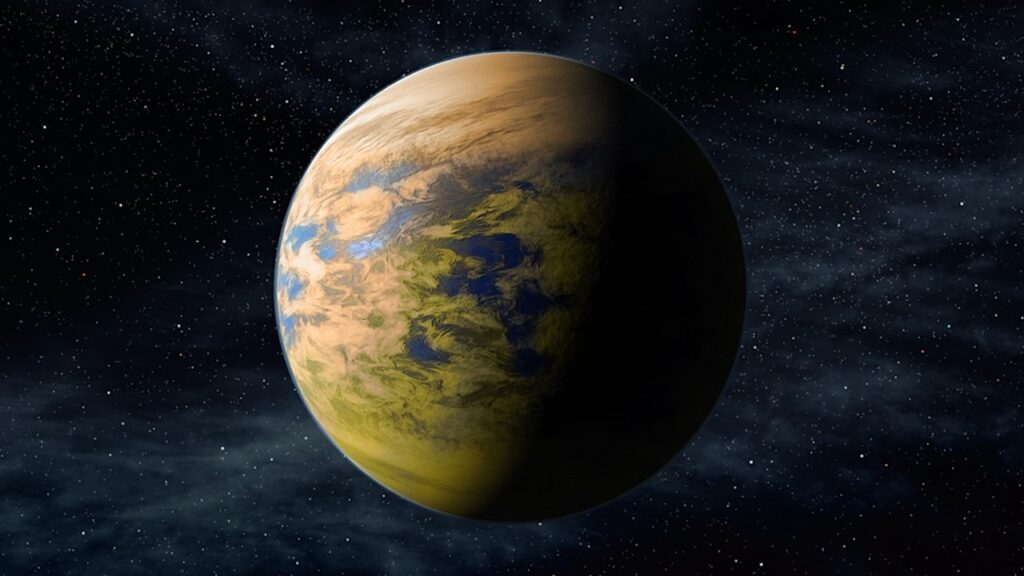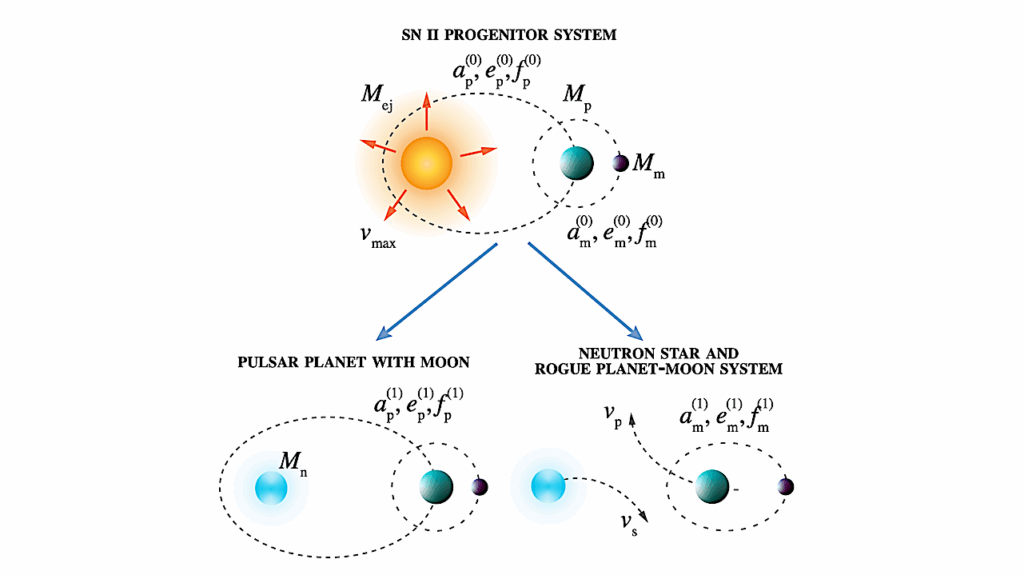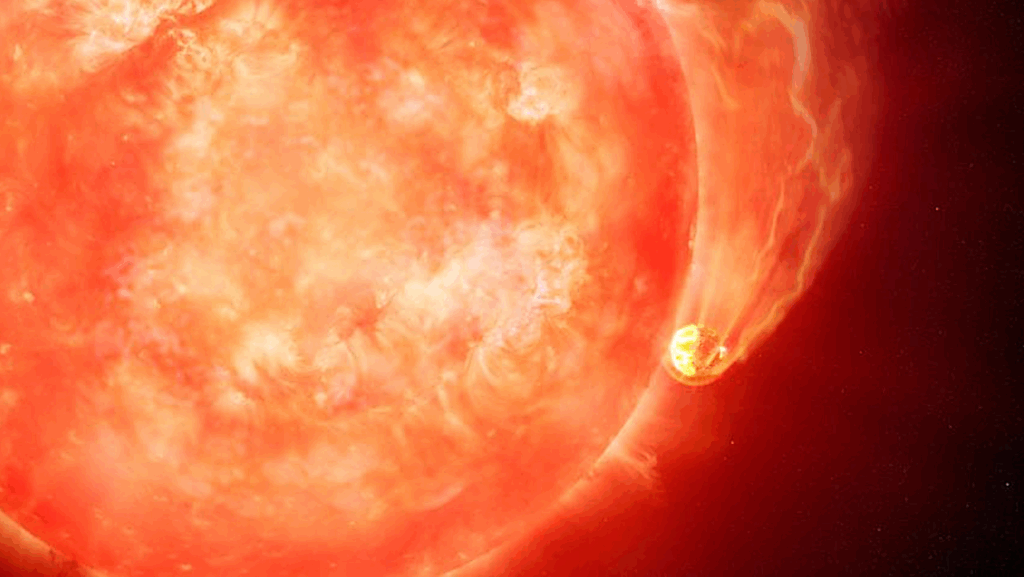Habitable Zones Around Almost Extremely Spinning Black Holes (Black Sun Revisited)

We analyzed the thermodynamics of hypothetical exoplanets at very low Keplerian circular orbits in close vicinity of rapidly spinning supermassive black holes.
Such black hole exoplanets are heated by strongly blueshifted and focused flux of the incoming cosmic microwave background (CMB) and cooled by the cold part of the local sky containing the black hole shadow.
This gives rise to a temperature difference, which can drive processes far from thermodynamic equilibrium in a hypothetical life form inhabiting black hole exoplanets, similar to the case of a planet heated by the radiation of the parent star and cooled by the night sky. We found that for a narrow range of radii of very low Keplerian circular orbits and for very high spin of a supermassive black hole, the temperature regime of the black hole exoplanets corresponds to the habitable zone around standard stars.
The thermodynamics of black hole exoplanets therefore, in principle, does not exclude the existence of life based on known biology. The peak of the multiblackbody spectral profile of the CMB heating the exoplanet is located in the ultraviolet band, but a significant fraction of the flux comes also in the visible and infrared bands. The minimum mass of a black hole ensuring the resistance to tidal disruption of an Earth-like exoplanet orbiting in the habitable zone is estimated to 1.63⋅108m⊙.
Pavel Bakala, Jan Docekal, Zuzana Turonova
(Submitted on 29 Jan 2020)
Comments: 13 pages, 7 figures
Subjects: Earth and Planetary Astrophysics (astro-ph.EP); High Energy Astrophysical Phenomena (astro-ph.HE); General Relativity and Quantum Cosmology (gr-qc)
Journal reference: The Astrophysical Journal, 2020, Volume 889, Number 1
Cite as: arXiv:2001.10991 [astro-ph.EP] (or arXiv:2001.10991v1 [astro-ph.EP] for this version)
Submission history
From: Pavel Bakala
[v1] Wed, 29 Jan 2020 18:00:50 UTC (1,642 KB)
https://arxiv.org/abs/2001.10991
Astrobiology
See; Life On Miller’s Planet: The Habitable Zone Around Supermassive Black Holes








